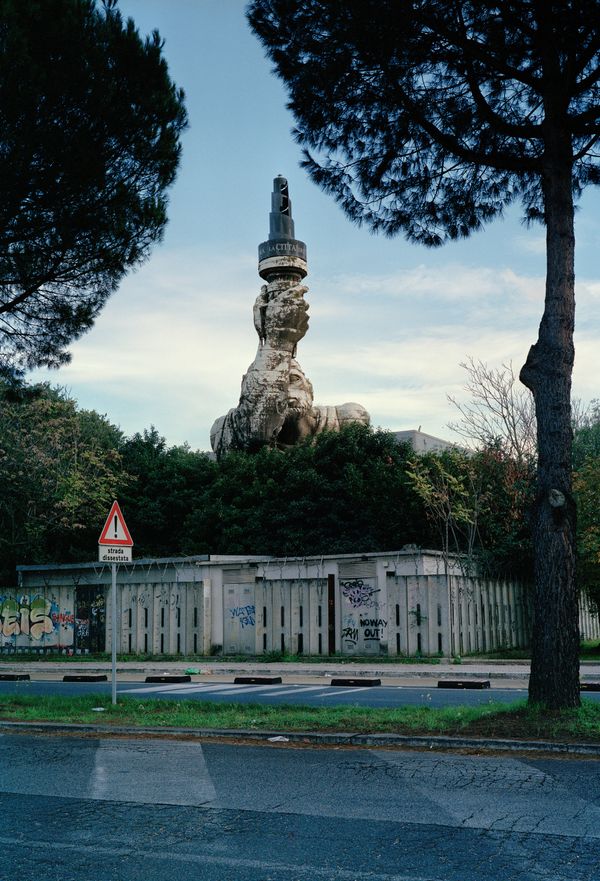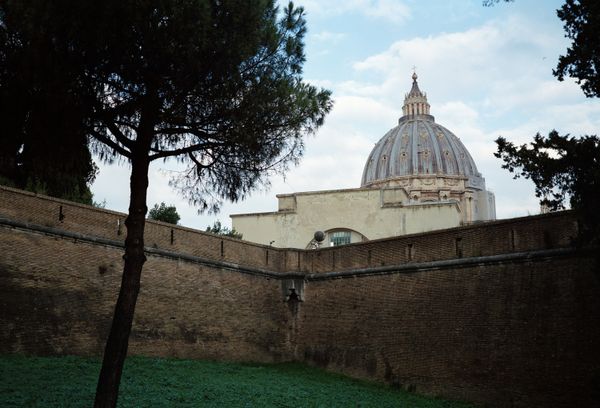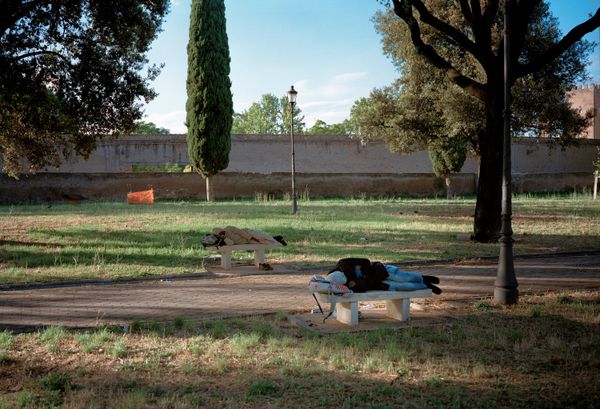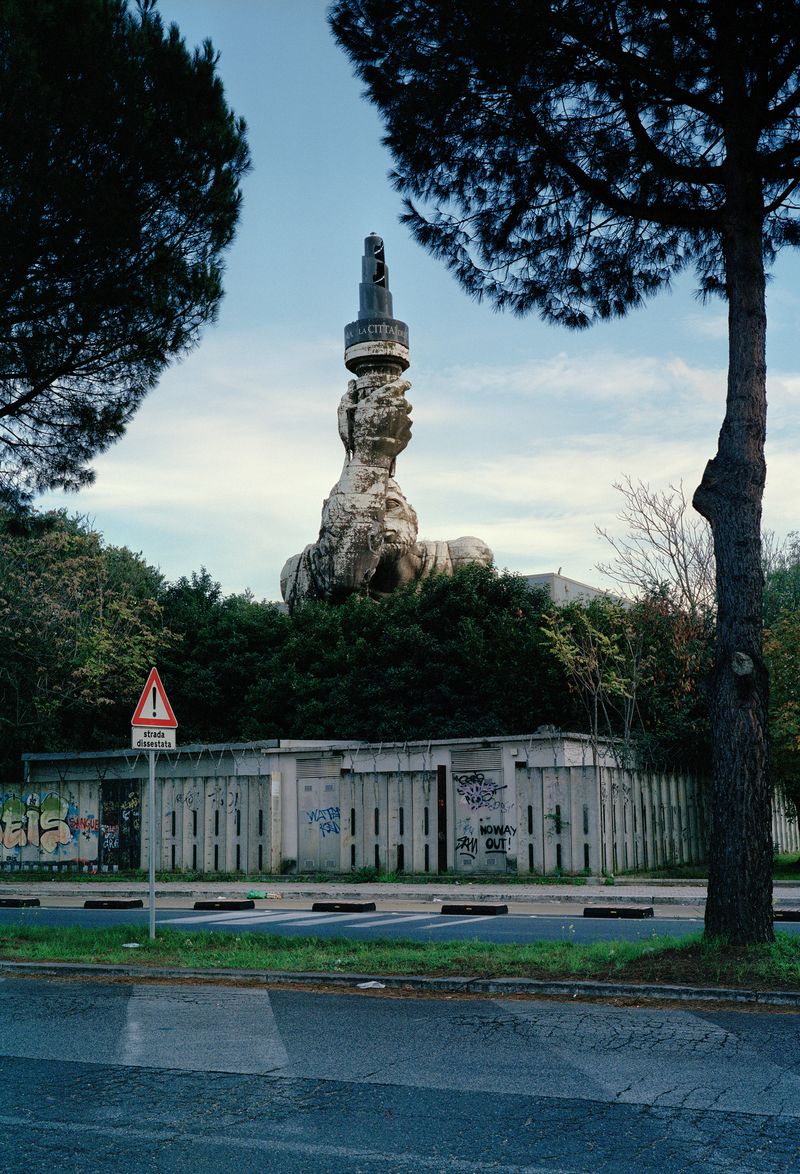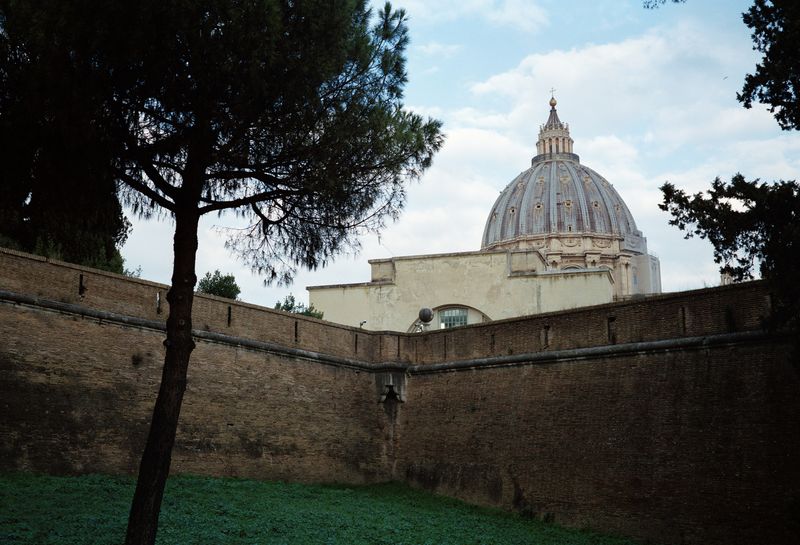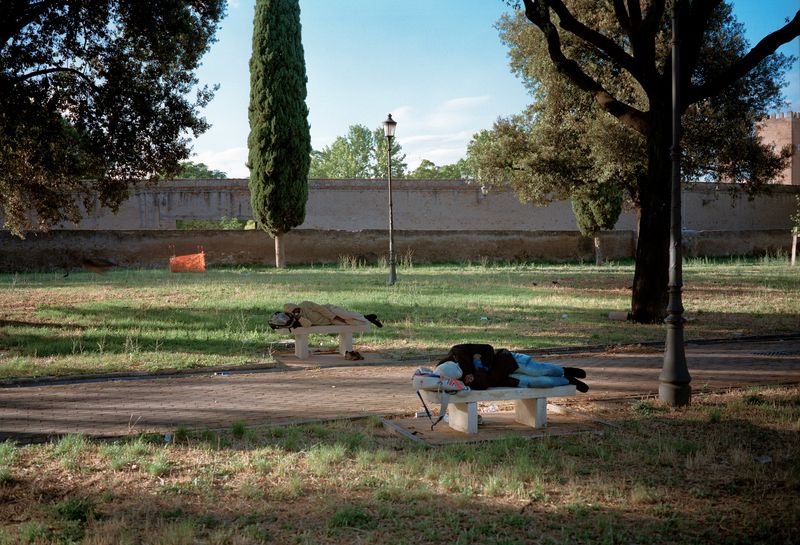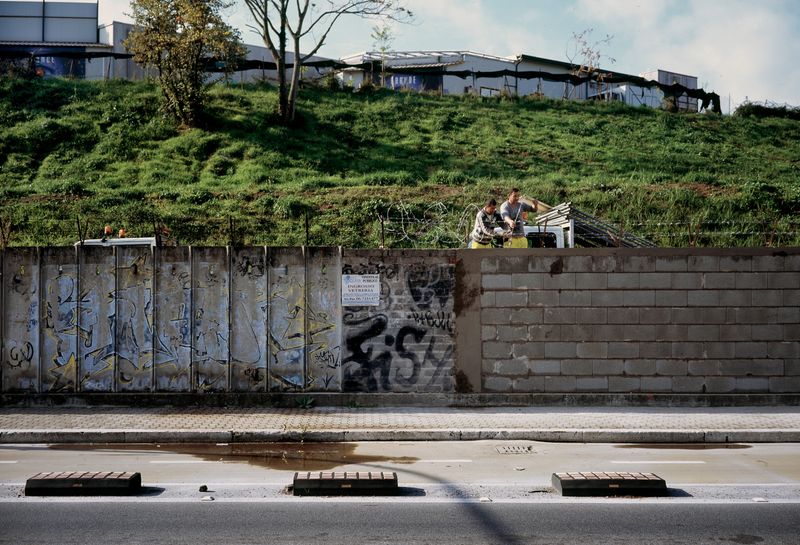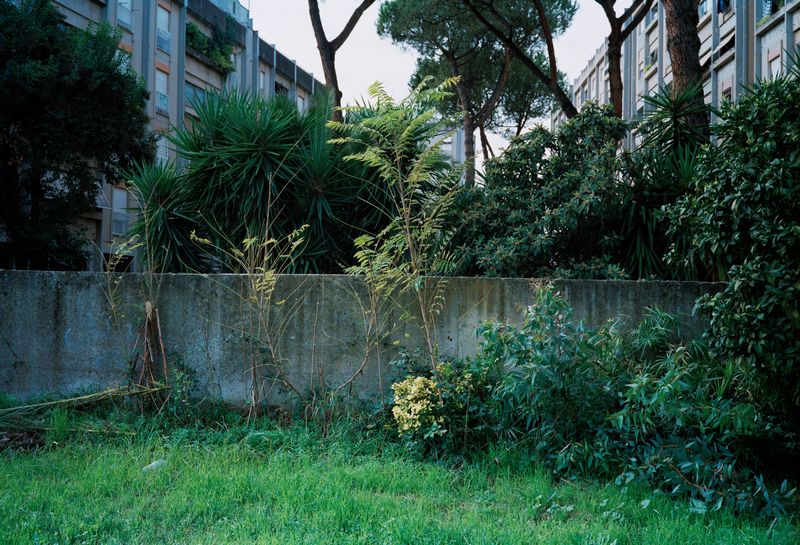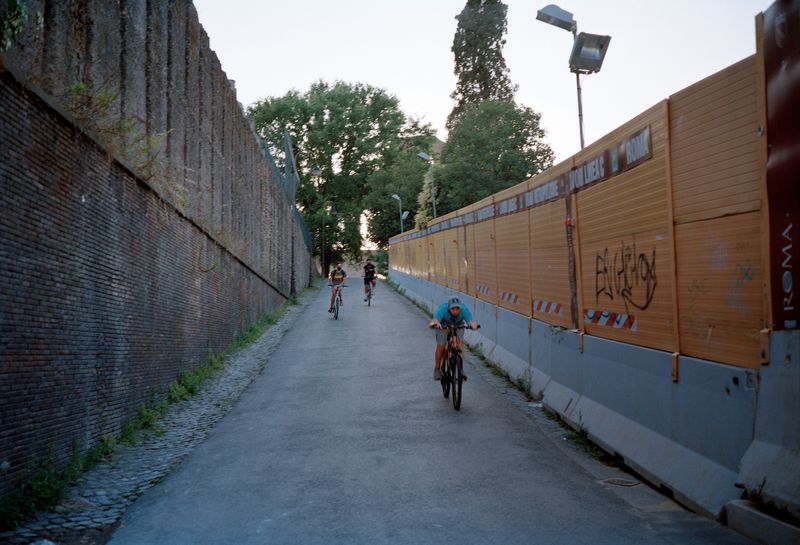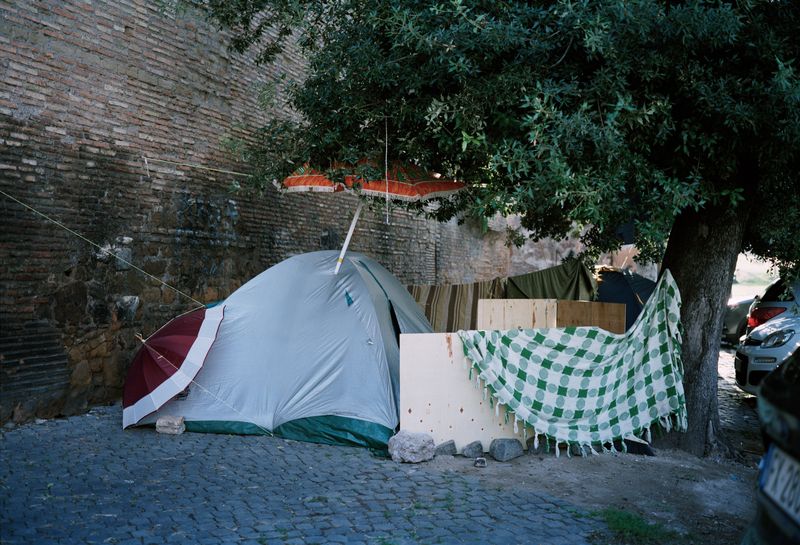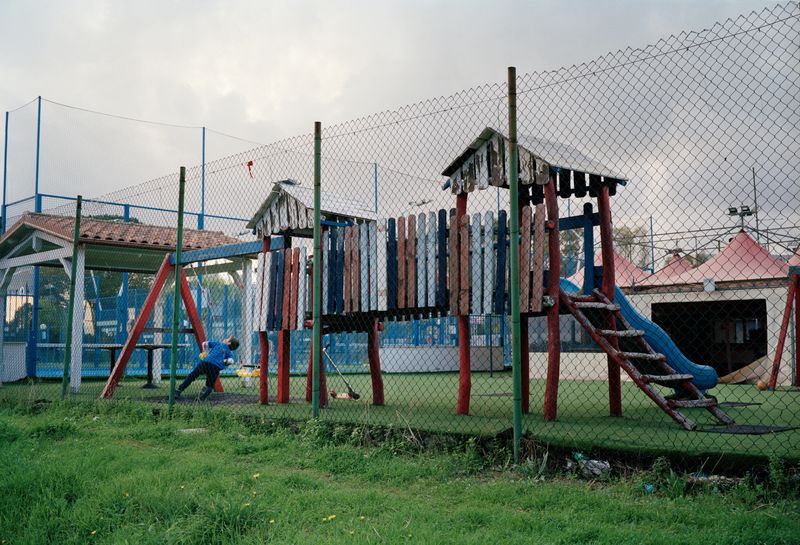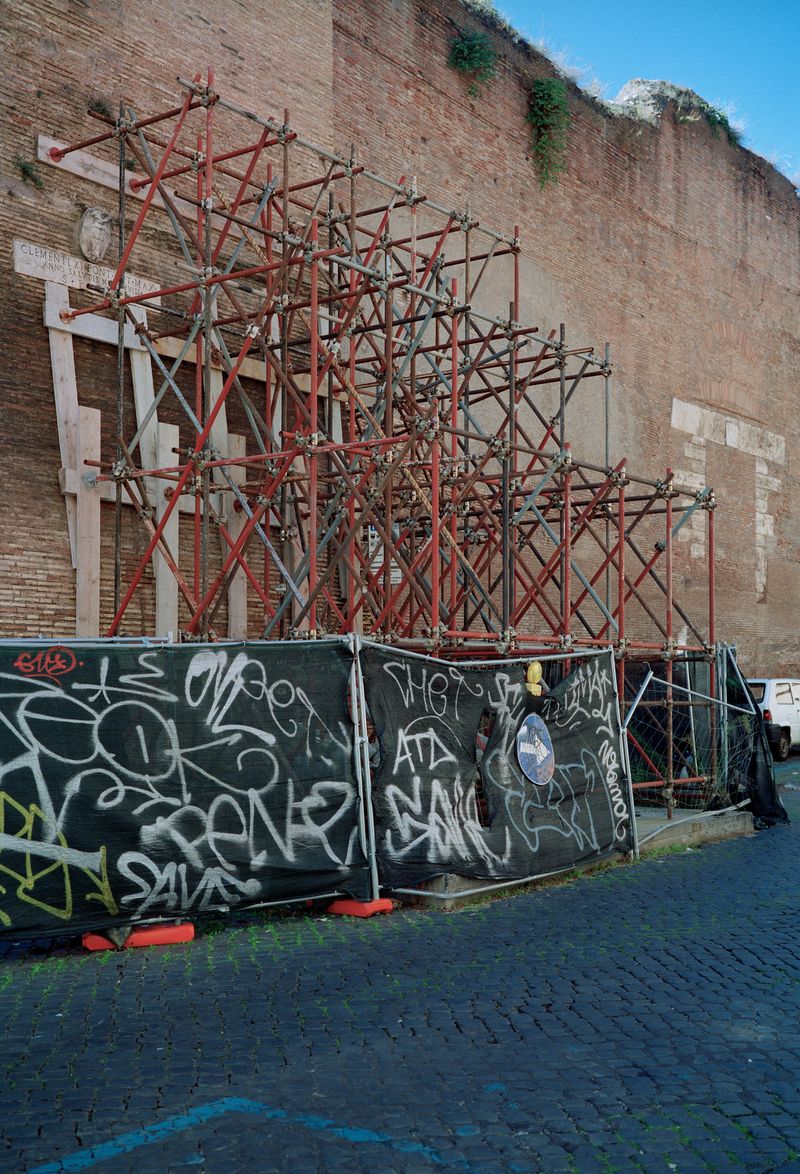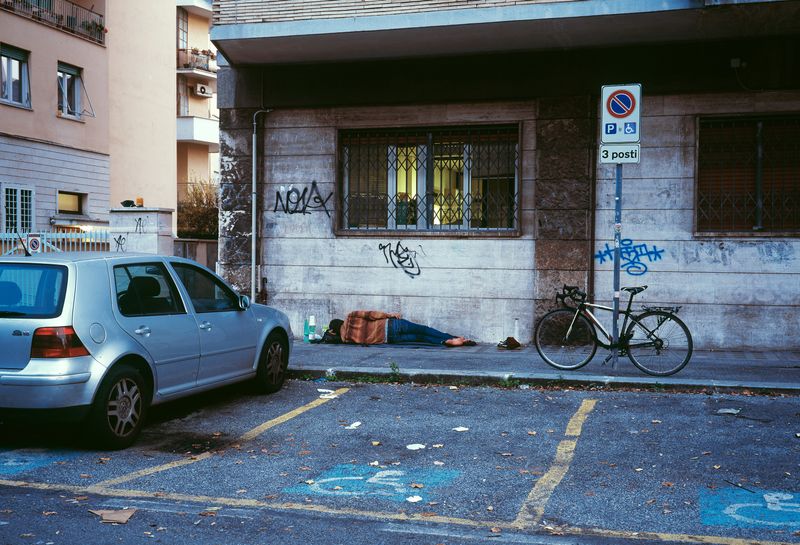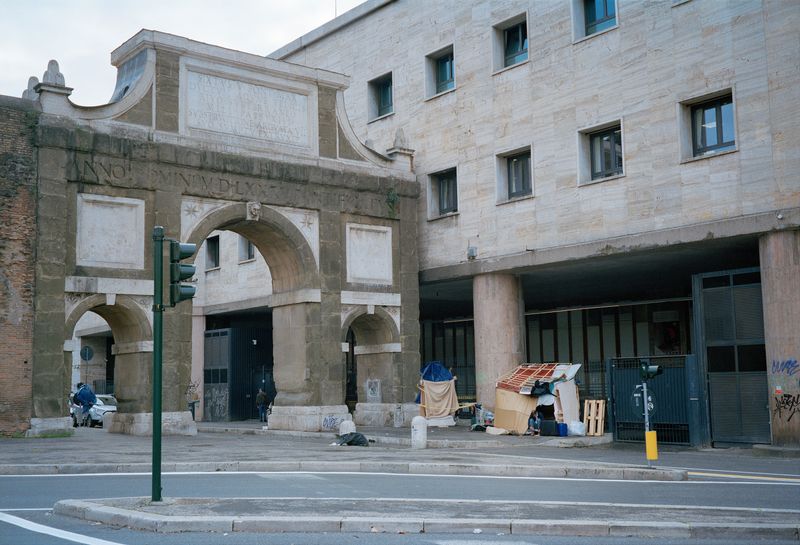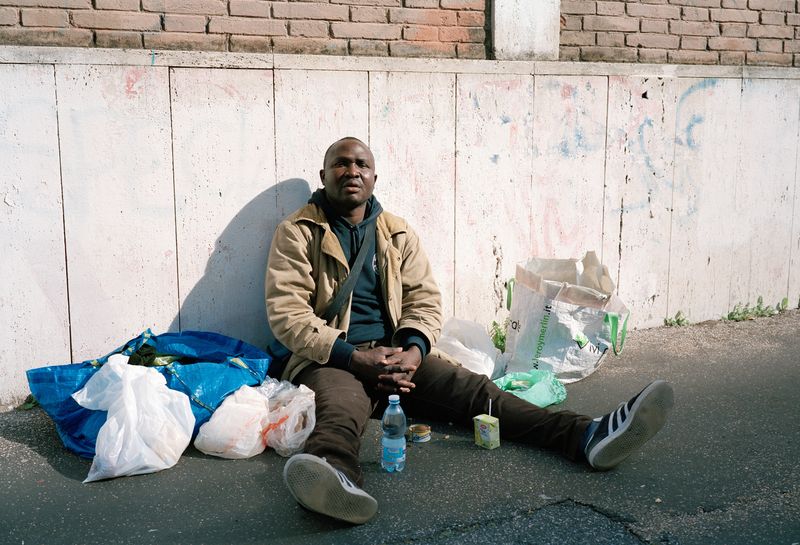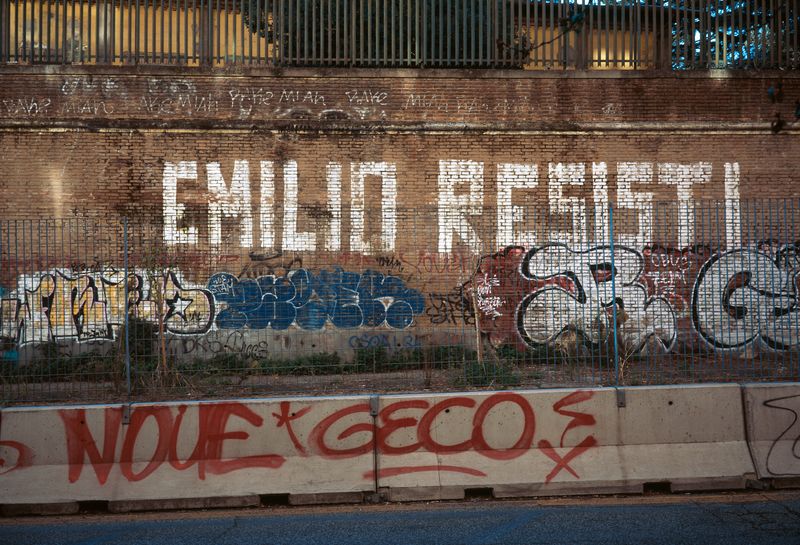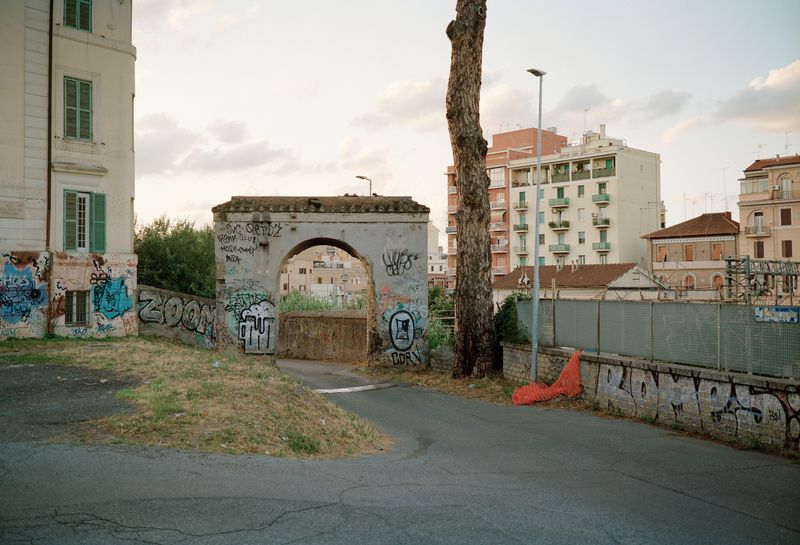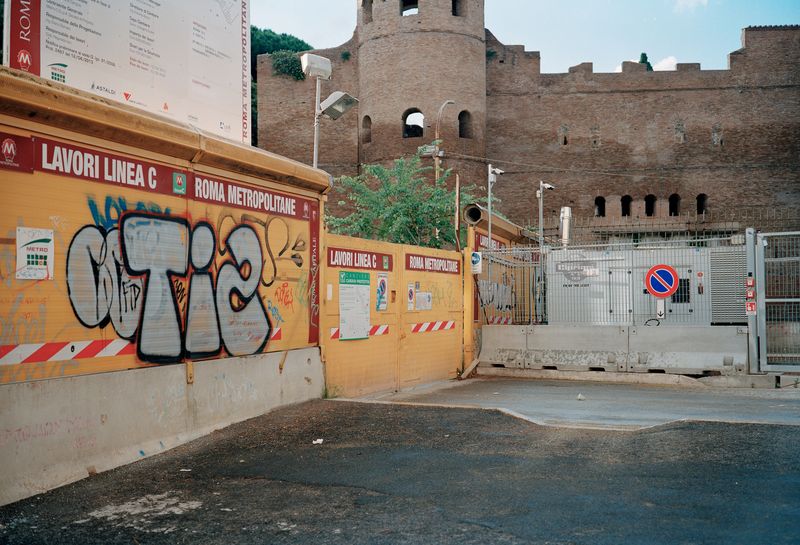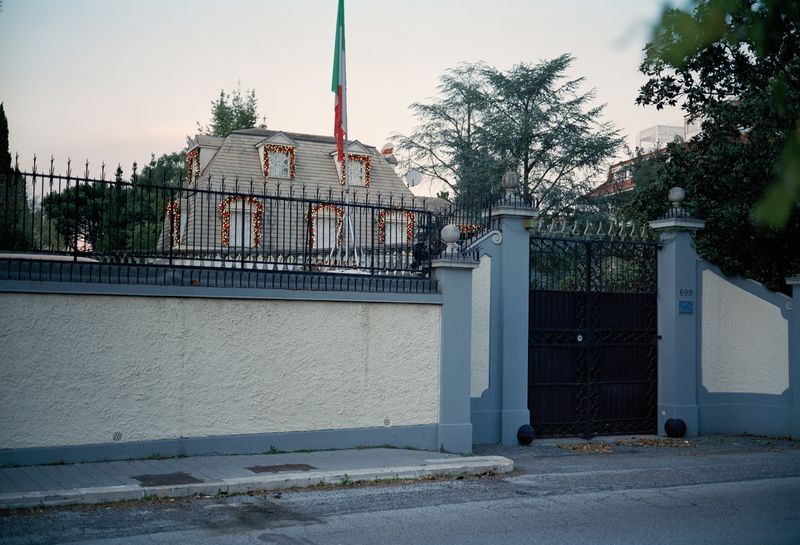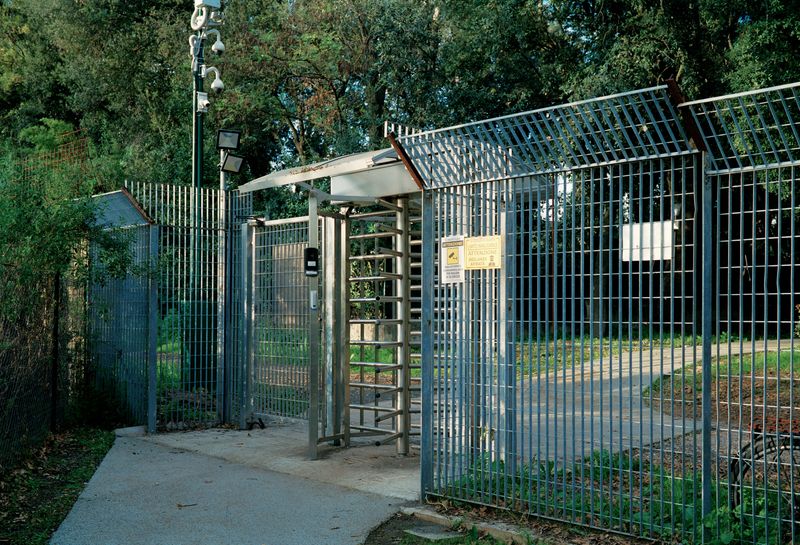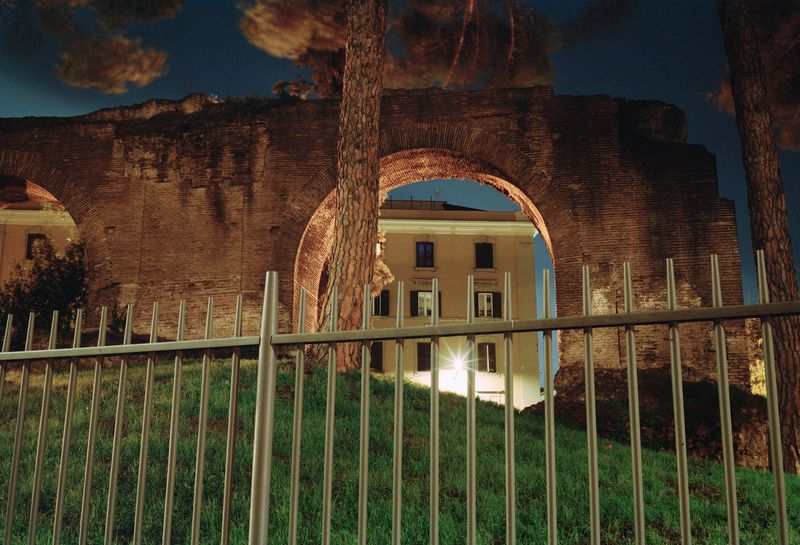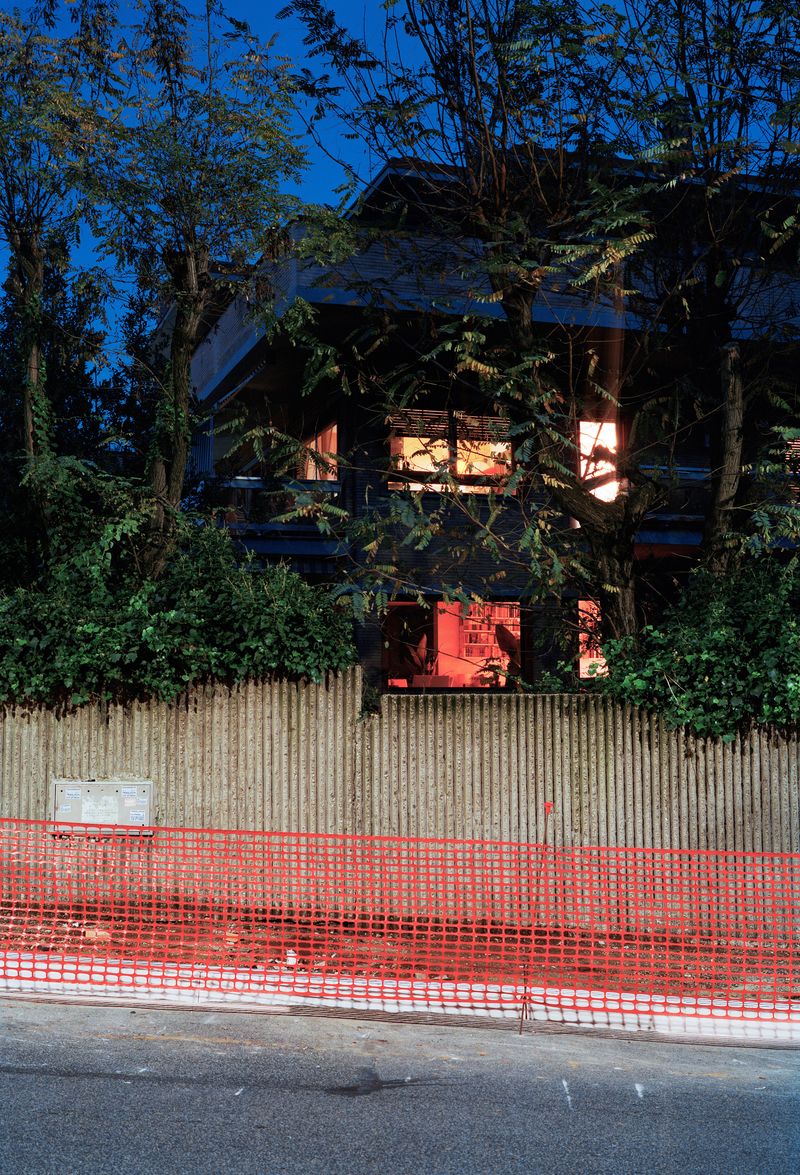Immurement
-
Dates2021 - Ongoing
-
Author
- Location Rome, Italy
Immurement is an urban and anthropological research to reflect on the new possible ways to re-invent the cities of the future.
We often talk about living in a borderless society but, while for ages humans continued to create barriers inside and outside themselves, we now live in a world where new borders are rising everyday threatening our personal freedom. These borders are often very physical.
These barriers are so common to everyone’s eye that we grew unaware of them.
In Rome walls are omnipresent. Some of them have seen the Roman empire to rise and became eventually the foundation for other walls century after century, layer over layer.
While 55% of the world’s population lives in urban areas, a proportion that is expected to increase to 68% by 2050, we are still planning and living our cities following an obsolete approach with only some exceptions that are still considered experimental.
Are there any possible solutions that can help build a new more sustainable future, an open society for the next generation to live in?
